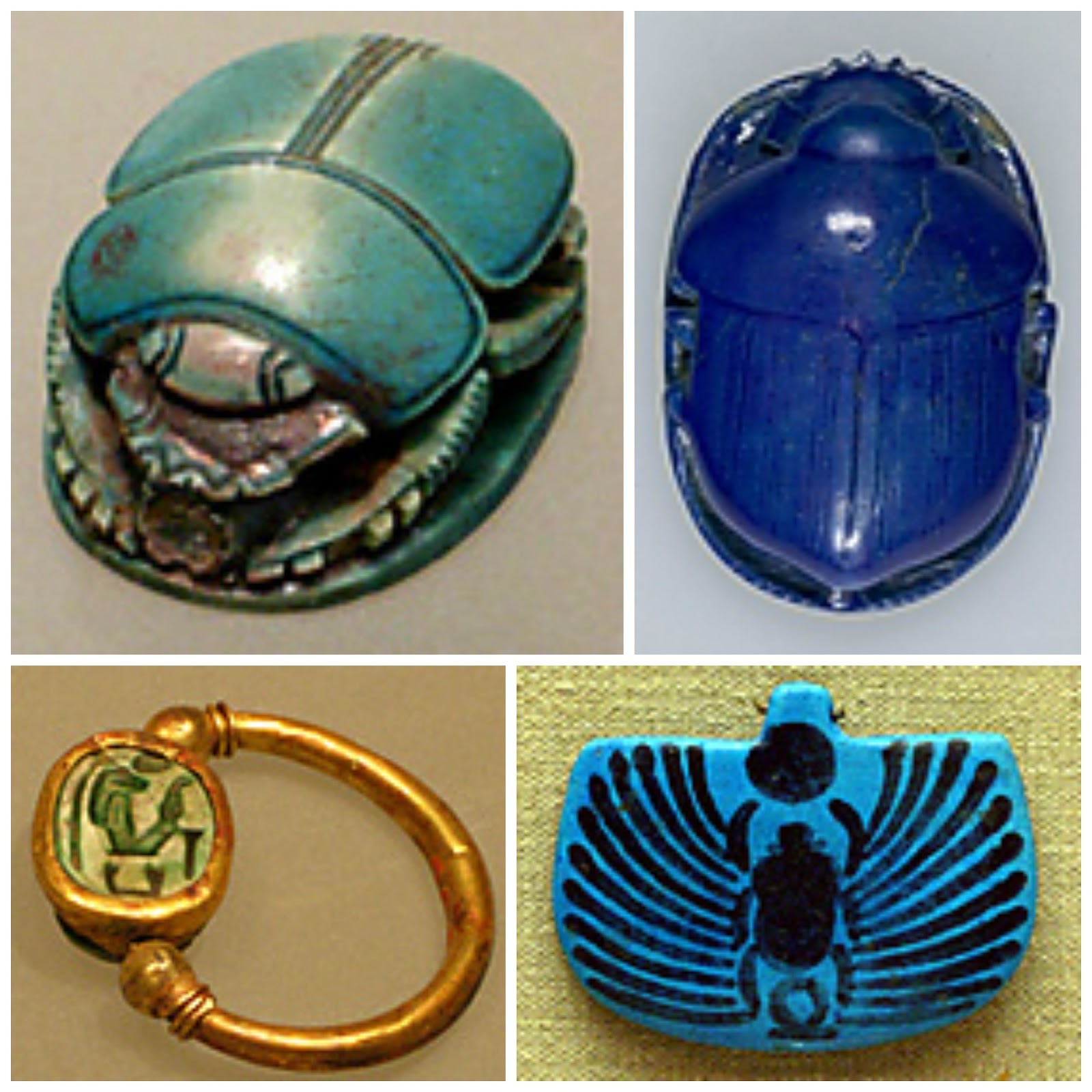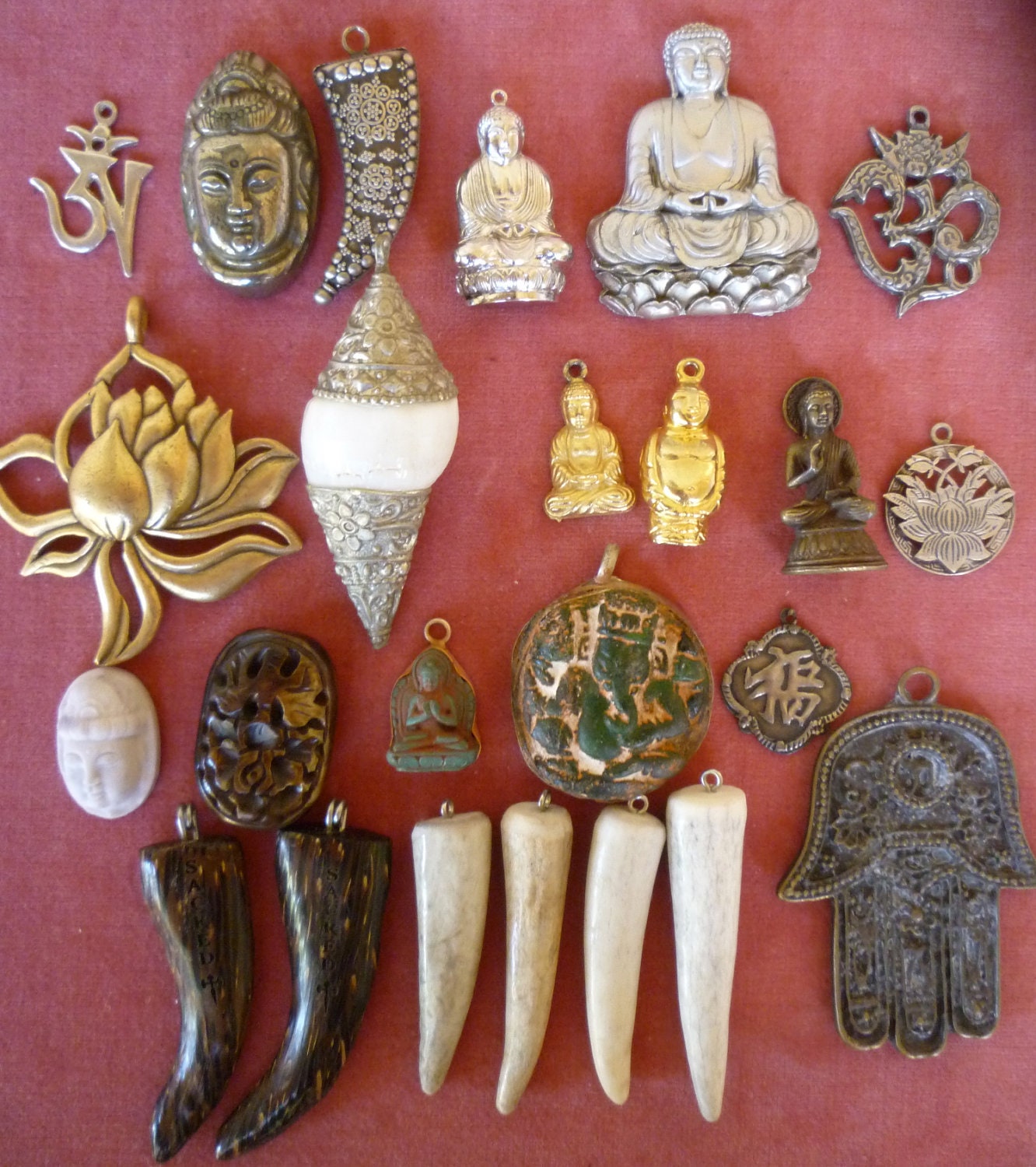The Eye of Horus Amulet
by Admin
Posted on 25-10-2023 10:20 AM

Horus, son of isis and osiris , was represented as the falcon hieroglyph or sometimes the falcon head on a human form. He was considered the personification of
time
and husband to the fertility goddess, hathor — often depicted as either a cow or a female countenance. During the epic showdown between seth and horus , seth shattered horus’s eye into six pieces. Though the evil god was eventually defeated, the story birthed the concept of the eye of horus. The egyptian amulet could have been made of any multitude of substances: carnelian, porcelain, lapis-lazuli, wood, or other.
 But to access its deifying powers, reserved exclusively for deceased pharaohs, the eye needed to be crafted with lapis-lazuli and plated in gold; then sacrifices had to be made to it on the summer solstice.
But to access its deifying powers, reserved exclusively for deceased pharaohs, the eye needed to be crafted with lapis-lazuli and plated in gold; then sacrifices had to be made to it on the summer solstice.
Amulets and magic have been a part of human culture for centuries. The use of amulets as protective talismans and symbols of power and strength dates back to ancient civilizations. These objects, imbued with mystical properties and potent energy, are often used as a means of invoking luck, warding off evil spirits, or bringing good fortune. In this article, we’ll explore the fascinating world of amulets and magic, and how these powerful tools can help us harness our inner witch. The history of amulets is rich and varied, with different cultures using different objects for different purposes. In ancient egypt, amulets were often fashioned in the shape of sacred animals or symbols, and were believed to hold the power of the gods.
Word of the Day
Department of egyptian art, the metropolitan museum of art
february 2019
people
everywhere want to avoid disease and other misfortune, and to that end, many use amulets to ensure well-being. Today, an individual might wear a bracelet made of beads with a concentric circle design to combat the evil eye, or keep a lucky penny in his or her pocket. A favorite for centuries in some parts of the world is a pendant with a depiction of saint christopher ( 30. 95. 107 ).
 In ancient egypt, amulets were abundant and most were probably inexpensive, which made them available to nearly everyone.
In ancient egypt, amulets were abundant and most were probably inexpensive, which made them available to nearly everyone.
Throughout antiquity, from the mediterranean to egypt and today’s middle east, people believed that misfortune, including accidents, diseases, and sometimes even death, were caused by external forces. Be they gods or other types of supernatural forces (such as a daimon ), people — regardless of faith — sought magical means of protection against them. While medicine and science were not absent in antiquity, they competed with entrenched systems of magic and the widespread recourse to it. People consulted professional magicians and also practised their own forms of folk magic. Read more: spells, charms, erotic dolls: love magic in the ancient mediterranean possibly derived from the latin word “amoliri”, meaning “to drive away” or “to avert”, amulets were believed to possess inherent magical qualities.
Ancient Egypt [ edit ]
Ancient egyptians utilized the gem in amulets for protection against harm, the greeks credited it with sobriety, and early christians associated its purple hues with christ himself. Now, tony duquette creative director hutton wilkinson shares his and duquette’s love of the gem and its metaphysical qualities. “an amethyst worn by day has the power to heal,” he says. “worn by moonlight, it’s said to bring forth dexterity, bravery, and honor. ” that’s stunning magic.
See also [ edit ]
These examples are programmatically compiled from various online sources to illustrate current usage of the word 'amulet. ' any opinions expressed in the examples do not represent those of merriam-webster or its editors. Send us feedback about these examples.
C17: from latin amulētum, of unknown origin collins english dictionary - complete & unabridged 2012 digital edition © william collins sons & co. Ltd. 1979, 1986 © harpercollins publishers 1998, 2000, 2003, 2005, 2006, 2007, 2009, 2012.